These days, it’s impossible for most people to get through a single day without checking their phone — and it’s easy to see why. With high-resolution screens, quality cameras and plenty of social media and gaming apps, there’s plenty to keep you busy.
But it turns out that’s just the beginning. In the coming years, companies like Samsung and Apple are expected unroll some amazing new features on their smartphones. Here are some of the innovations that will likely come to shape the phones of the future.
In-Screen Fingerprint Scanners
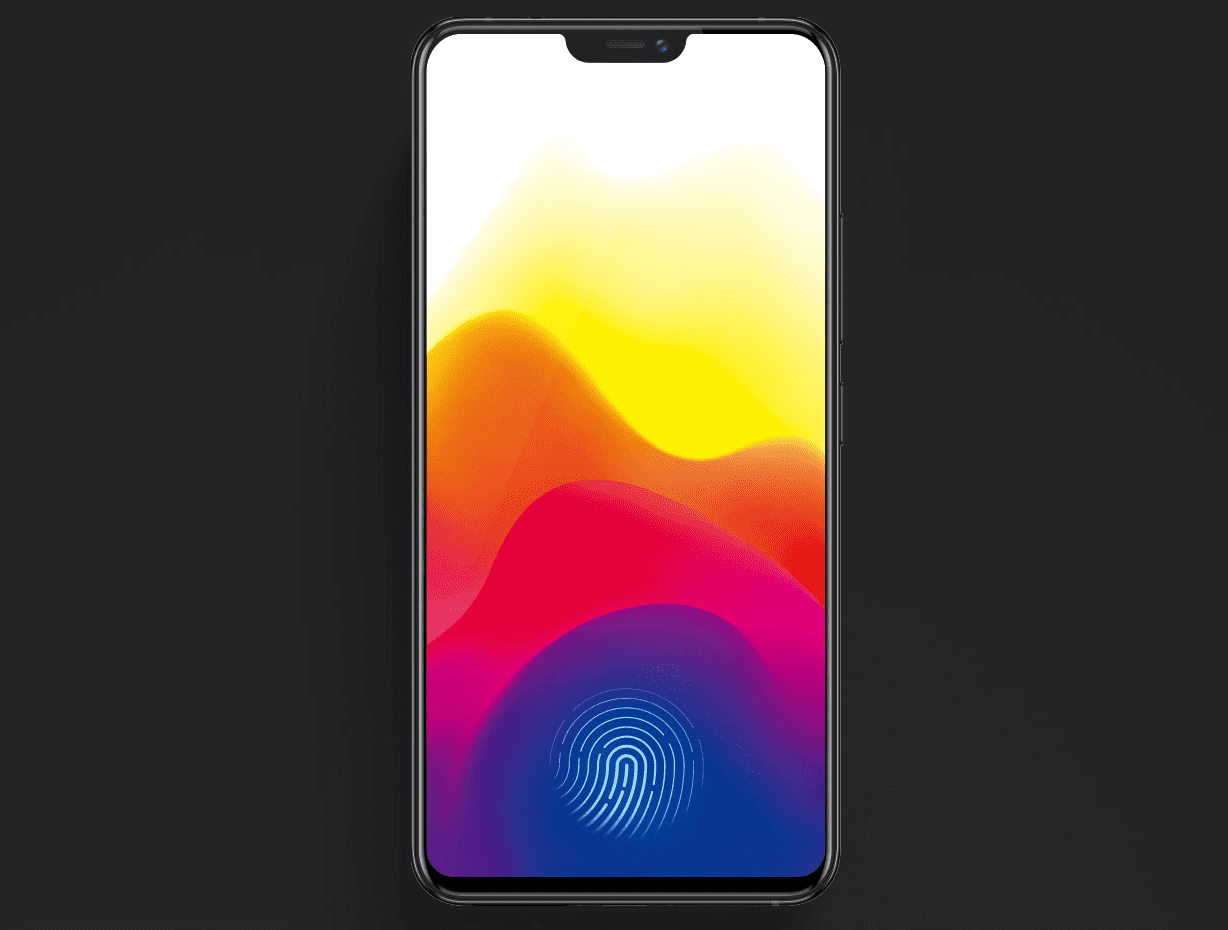
Now that full-screen smartphones are in fashion, many companies are moving the fingerprint scanner function to the back of the phone or, in the case of the iPhone X, using face-scanning features to unlock instead. But Chinese tech companies Vivo and Xiaomi have recently found a way to embed the fingerprint reader inside the screen, so your phone is still all screen on the front, but still boasts a fingerprint scanner in an instinctive location.
This technology could be incorporated into phones as soon as next year. But don’t expect all companies to jump on board. Some reports have suggested that Samsung will use an in-screen scanner in its Galaxy S10, although that’s yet to be confirmed. Meanwhile, Apple has hinted that it will stick with face ID for the time being.
Button-Less Phones
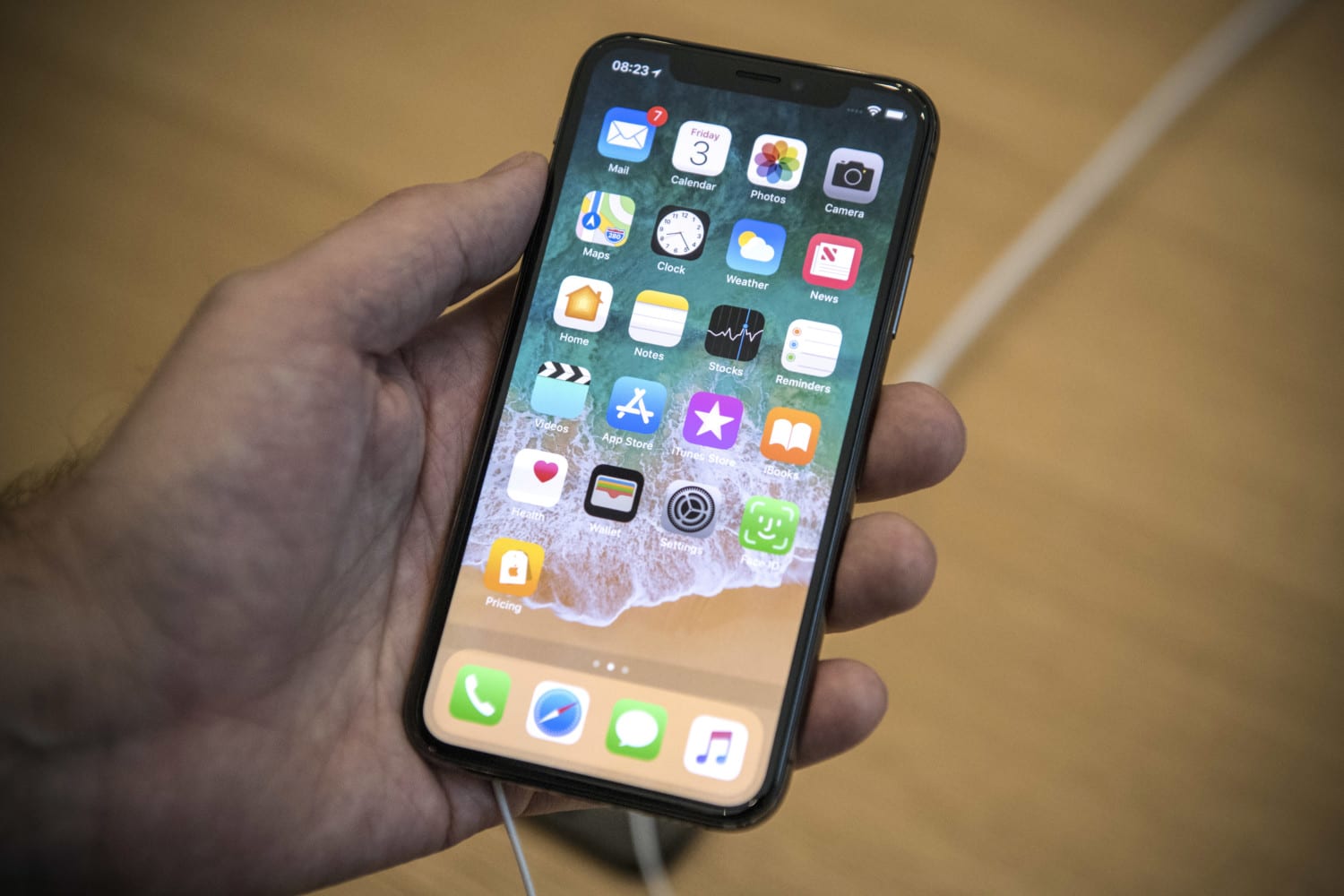
Several device makers have already eliminated things like the headphone jack or home button to make their phones more water resistant. But there’s evidence the next step could be doing away with buttons altogether. Samsung, Apple and Google have recently shunned buttons in favor of facial recognition, swipe-based navigation or touch and pressure-sensitive alternatives that simulate the feel of a button press without the need for an actual button.
Per Slate, Samsung and Apple are also working on wraparound displays, in which the screen stretches around the back of the phone. This technology could add a different type of functionality to the sides of the phone, which would replace the need for buttons there.
9 Camera Lenses
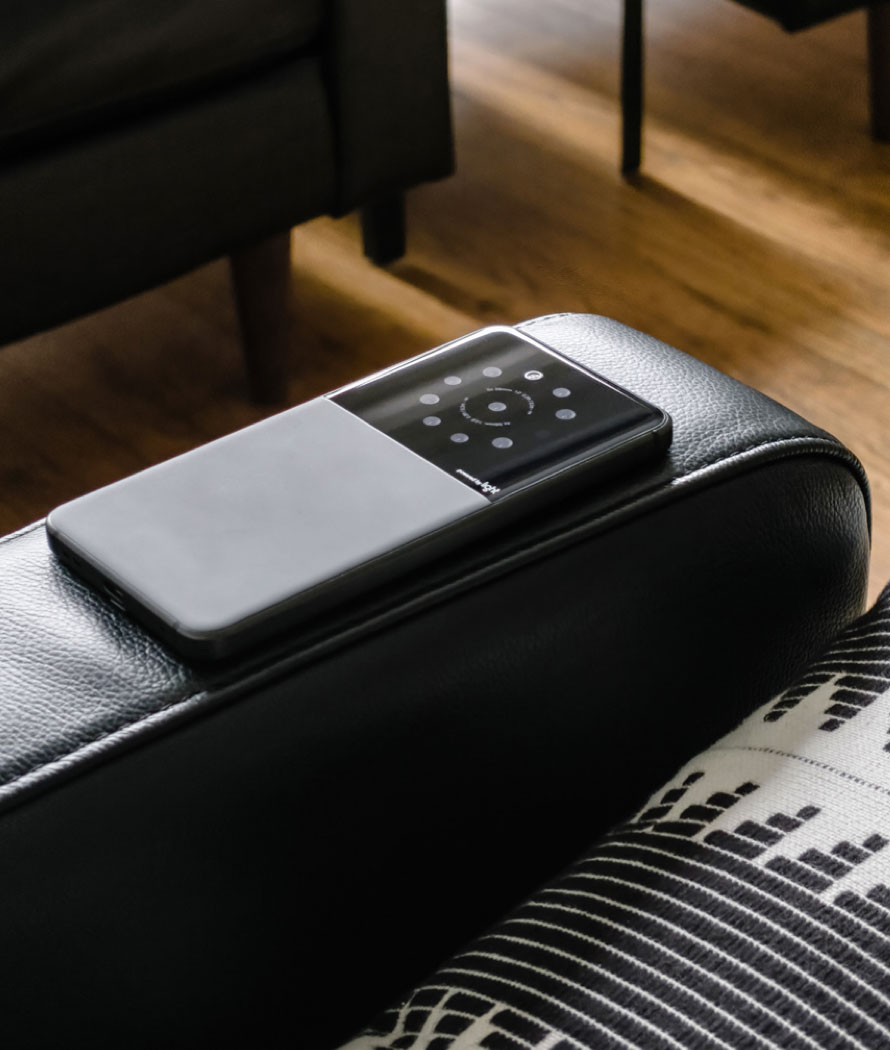
You may never have to carry your full-sized Nikon again. Why? In recent years, companies have been experimenting with adding multiple small lenses to the back of their phones. These lenses shoot simultaneously to create a photo with more sophisticated depth effects. While some Apple and Samsung phones already feature two lenses on their phones, users can likely expect companies to step up this feature in a major way in the future.
In June, it was revealed that camera manufacturer Light is already working on a prototype phone with nine rear lenses. With Galaxy and iPhones rumored to be adding a third lens to next year’s models, it’s not a leap to think a nine-camera phone could come our way in the future. Fair warning though: These multicamera models won’t be cheap.
Foldable Screens
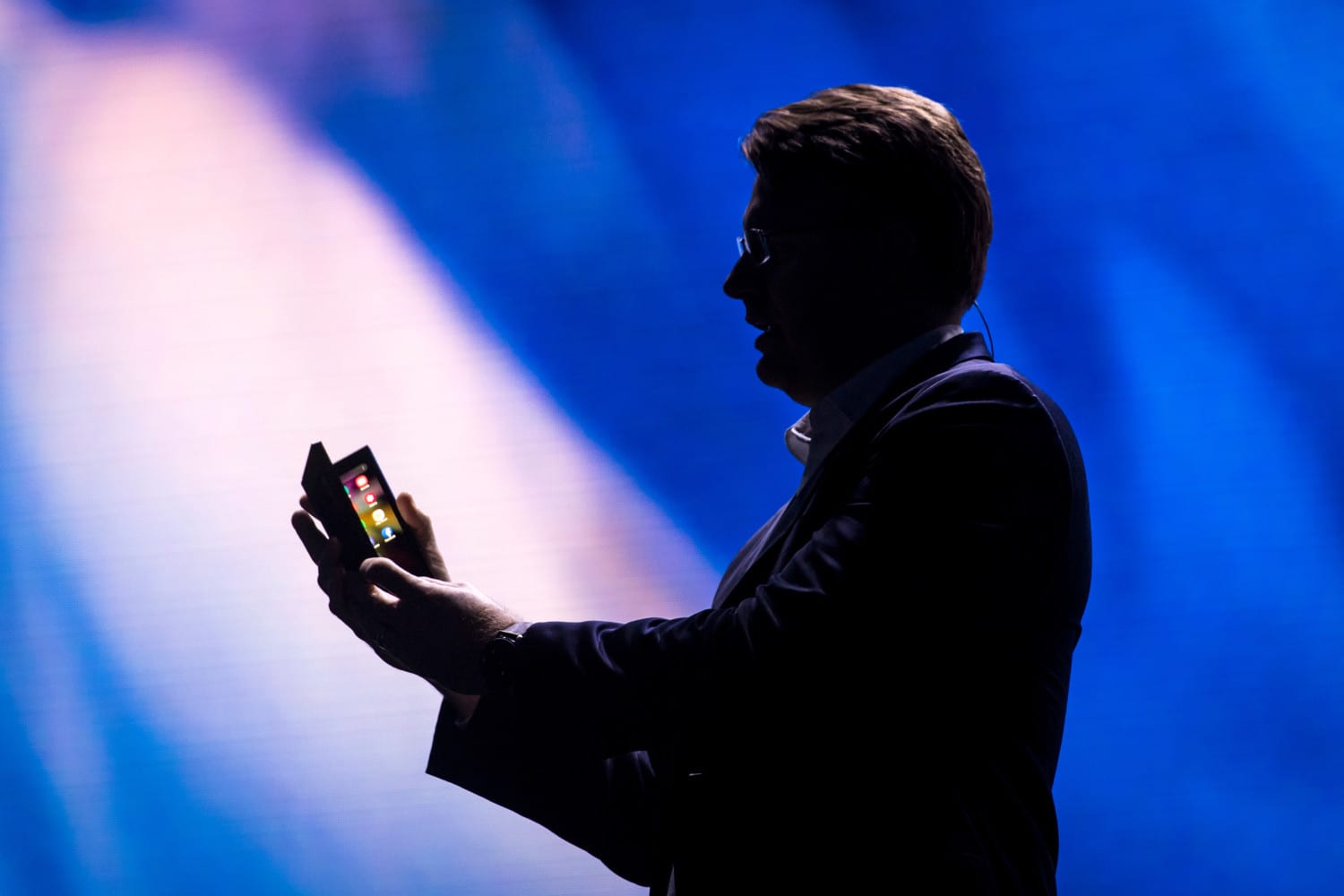
Are companies heading back to the era of flip phones? Not exactly, but many are exploring the concept of foldable screens. The Chinese company Huawei will reportedly release a foldable 5G phone that measures 8 inches when open. With the wider display and the faster network (there are no commercially accessible 5G networks in the U.S.), the company is likely looking to compete with Samsung’s Infinity Flex display, likely to be released in a new phone rumored to be called the Galaxy X or Galaxy F, which also folds shut like a book and then opens to 7.3 inches. The foldable phones will apparently allow for more efficient multitasking and are considered by some as potential replacements for PCs.
Batteries Powered Through Air
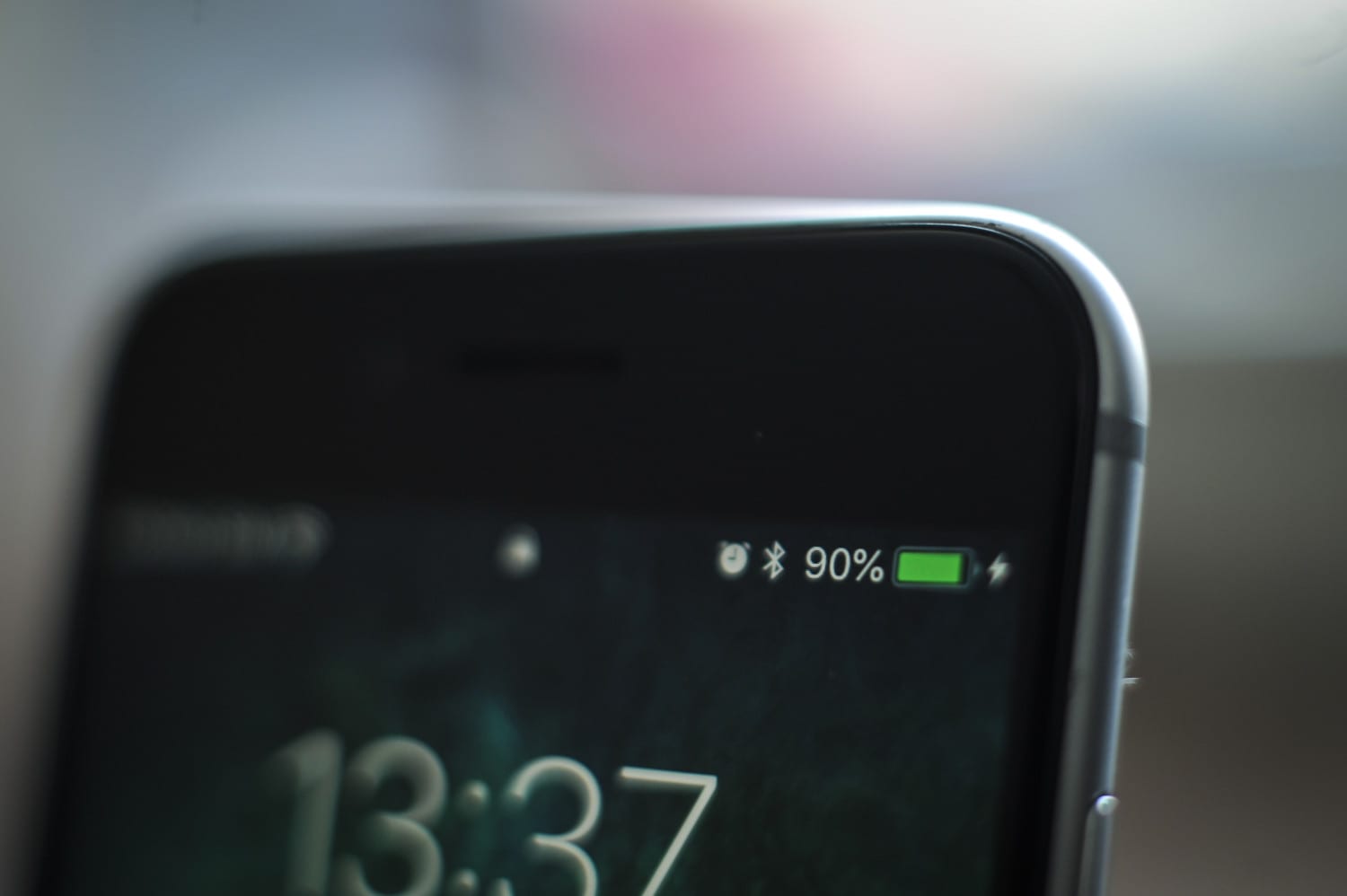
Perhaps the biggest issue with all of today’s phones is battery life. We’ve all wished for the day when we would no longer have to carry around chargers. Well, that day may be closer than you think, thanks to the creation of batteries that can harness power out of thin air (literally). Companies like Ossia have developed a way to deliver power to your gadgets similarly to how the internet is delivered by Wi-Fi. The tech, which uses radio frequencies between transmitters to send power, has already been applied to an AA battery. Though it may take a few years (transmitters need to become ubiquitous in residences and businesses), smartphones could eventually adopt the technology as well.
‘Unbreakable’ Screens
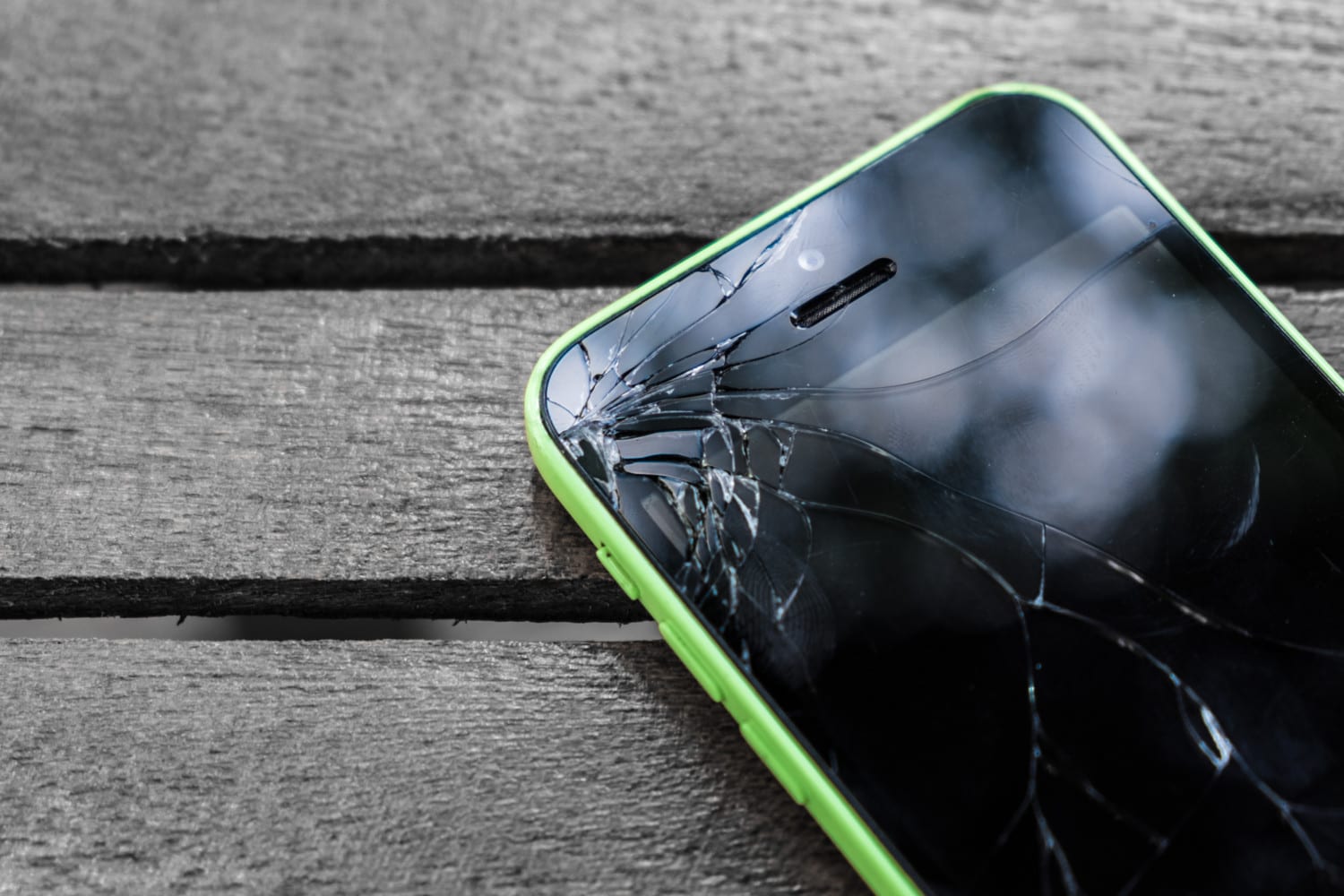
Cracked smartphone screens may soon be a thing of the past. In recent years, companies have taken significant steps toward increasing the durability of their phones. In July 2018, Samsung’s recently developed “unbreakable” smartphone display was verified by Underwriters Laboratories. The display is made of an OLED panel with a layer of fortified plastic on top that simply flexes under impact instead of breaking. Gorilla Glass, the material used by Apple in many iPhones, is also shoring up its product. Meanwhile, other companies have turned to sapphire screens or synthetic diamond glass in an effort to make their phones less fragile.
Increasingly Water-Resistant Phones
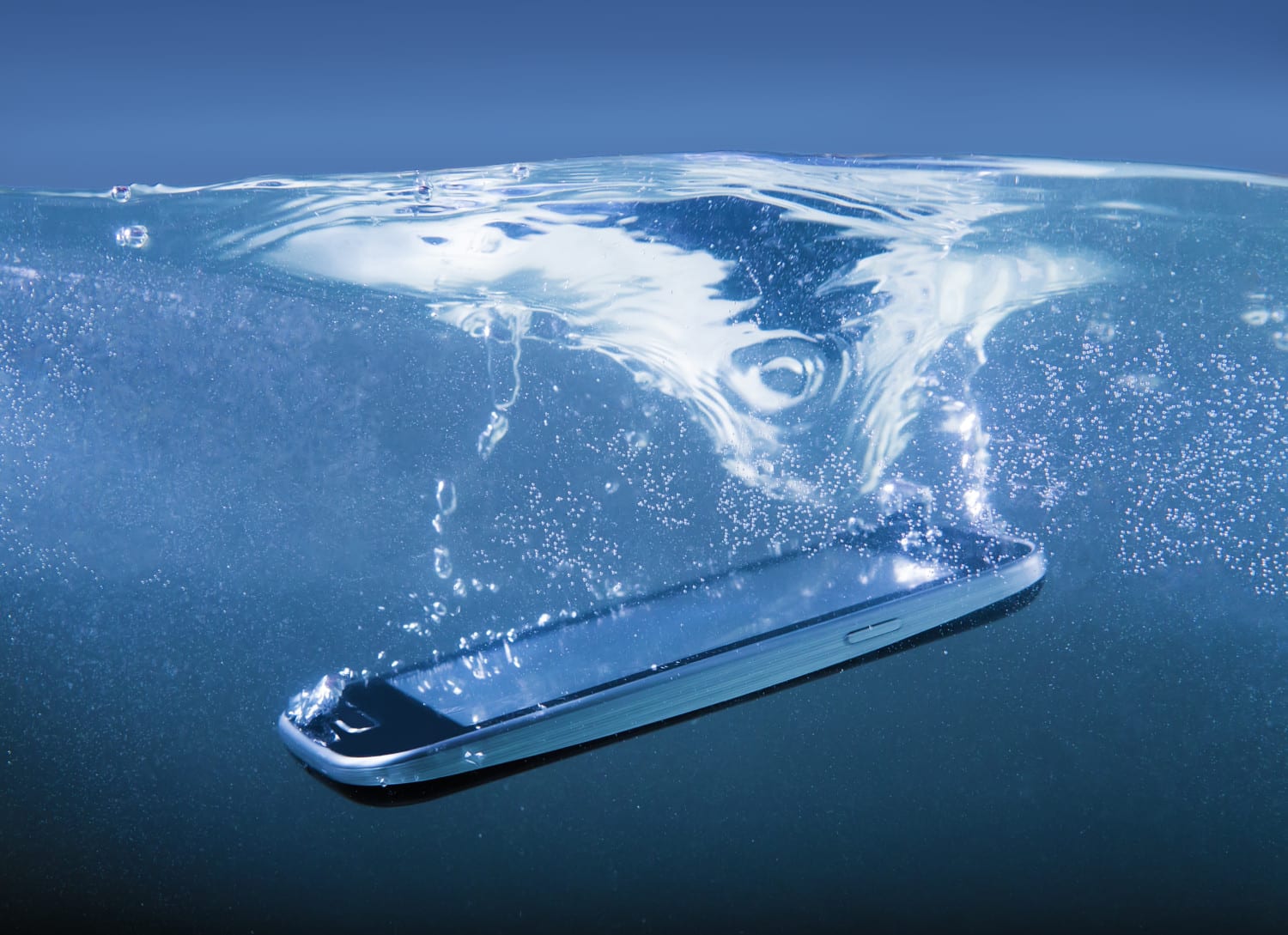
Screens aren’t the only part of smartphones that will be getting an upgrade in the coming years. For the last several years, smartphone makers like Samsung, Sony and Apple have been making their phones less susceptible to water damage. The result: stronger adhesive on ports and buttons (which water can easily infiltrate) or, in some cases, the removal of those from handsets altogether. But that’s just the beginning. Devices are expected to become more water resistant as companies rapidly work to increase the durability of their products.
Glasses Instead Of Phones

Google Glass was basically a giant flop, but despite that, several companies are still hoping to make glasses the next big thing in tech. Essentially, the idea is for the glasses to fulfill the same functions of a phone or computer without requiring anyone to look down at a screen. Apple has already applied for patents for glasses-related technology, while Magic Leap raised more than $2.3 billion to make a pair that functions as a wearable computer. We’ve already seen the rise in virtual reality systems, so it’ll be interesting to see how everyday applications for this technology may follow.
Solar Panel Phones
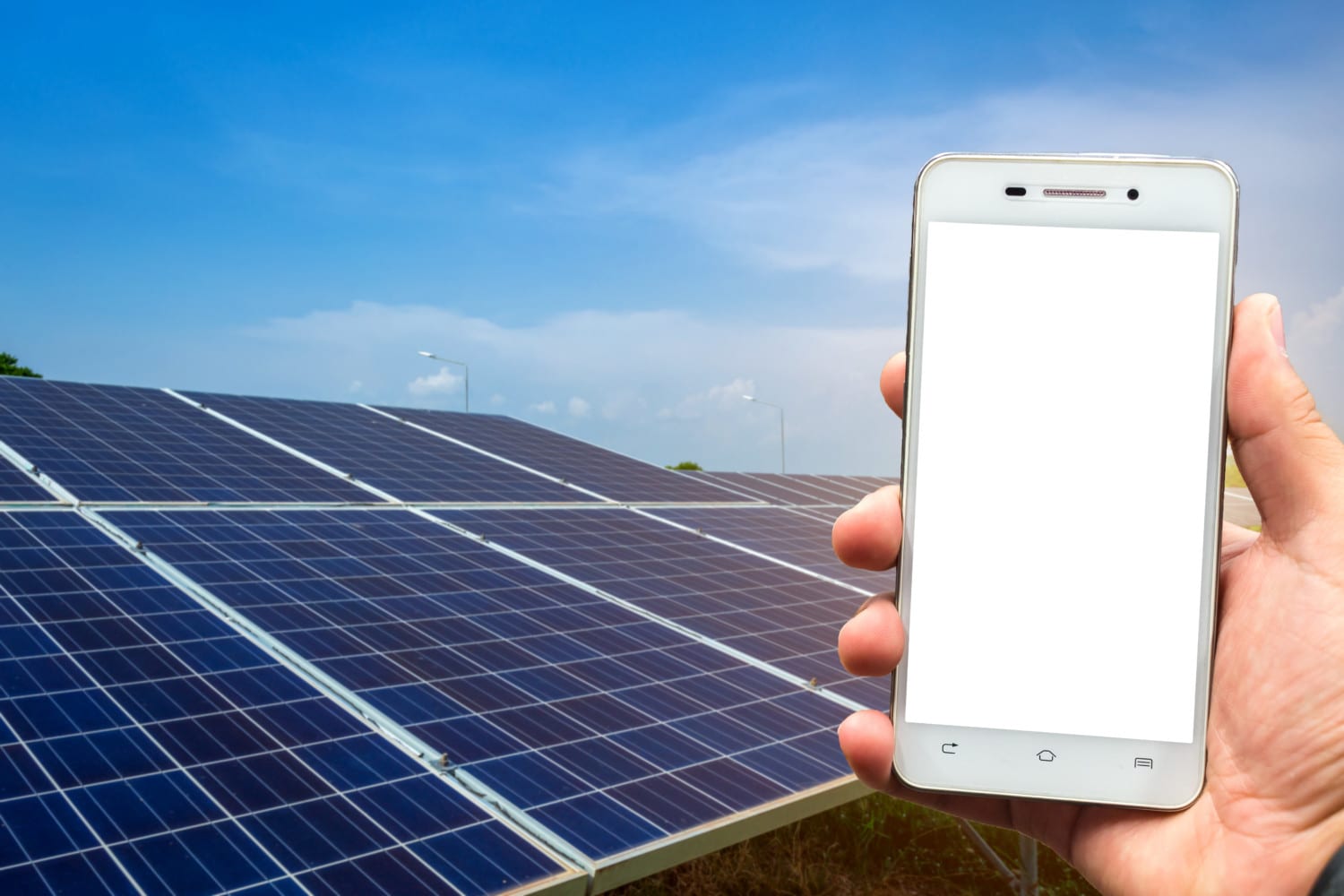
Another potential solution for increasing your phone’s battery life? Solar power. Companies like Samsung, Nokia and others have already begun experimenting with phones that harness power via sunlight, although the technology has so far failed to be efficient and cost-friendly enough for real-world application. However, some developers have made progress in this arena with smartwatches, like Casio, which unveiled a GPS watch with a solar panel earlier this year.
Modular Smartphones
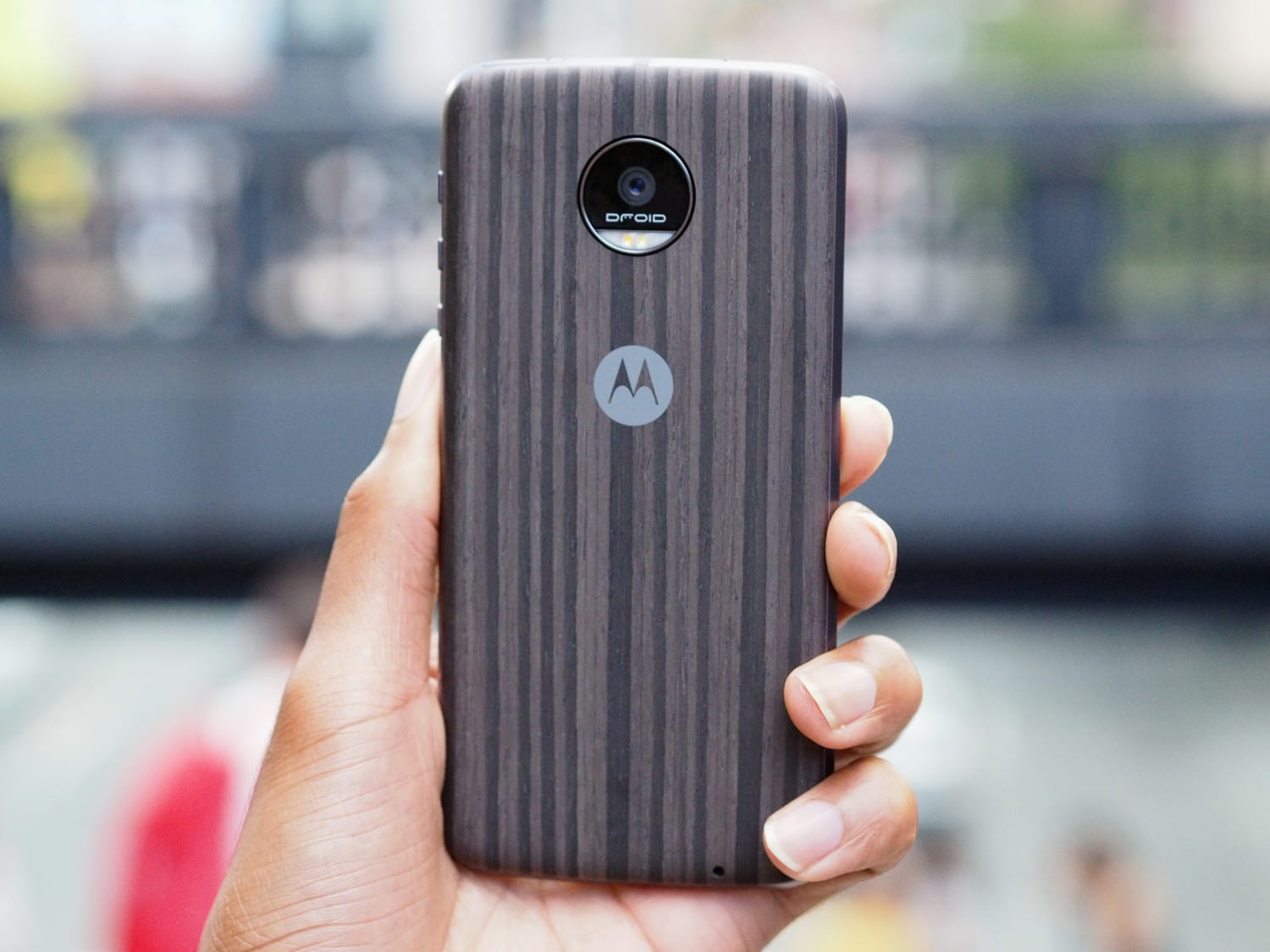
In the last few years, Motorola has placed its bets on what it believes to be the wave of the future: modular smartphones. The concept behind this type of smartphone is that users can add new features to their phones simply by magnetically adding an accessory (known as Moto Mods for Motorola). That way, you can upgrade certain parts of your phone without having to get an entirely new one. Modular smartphones also allow you to choose the accessories you add based on what’s important to you — like an upgraded camera if you’re an avid photographer — rather than paying for a component you don’t care about.
So far, Motorola’s modular phones haven’t become the game-changer it likely hoped for, but there’s still a lot of possibility in the idea. The company is reportedly now constructing its most ambitious Mod for a 5G modem that would process data at unprecedented speeds.
Built-In Radio Transceivers For Signal
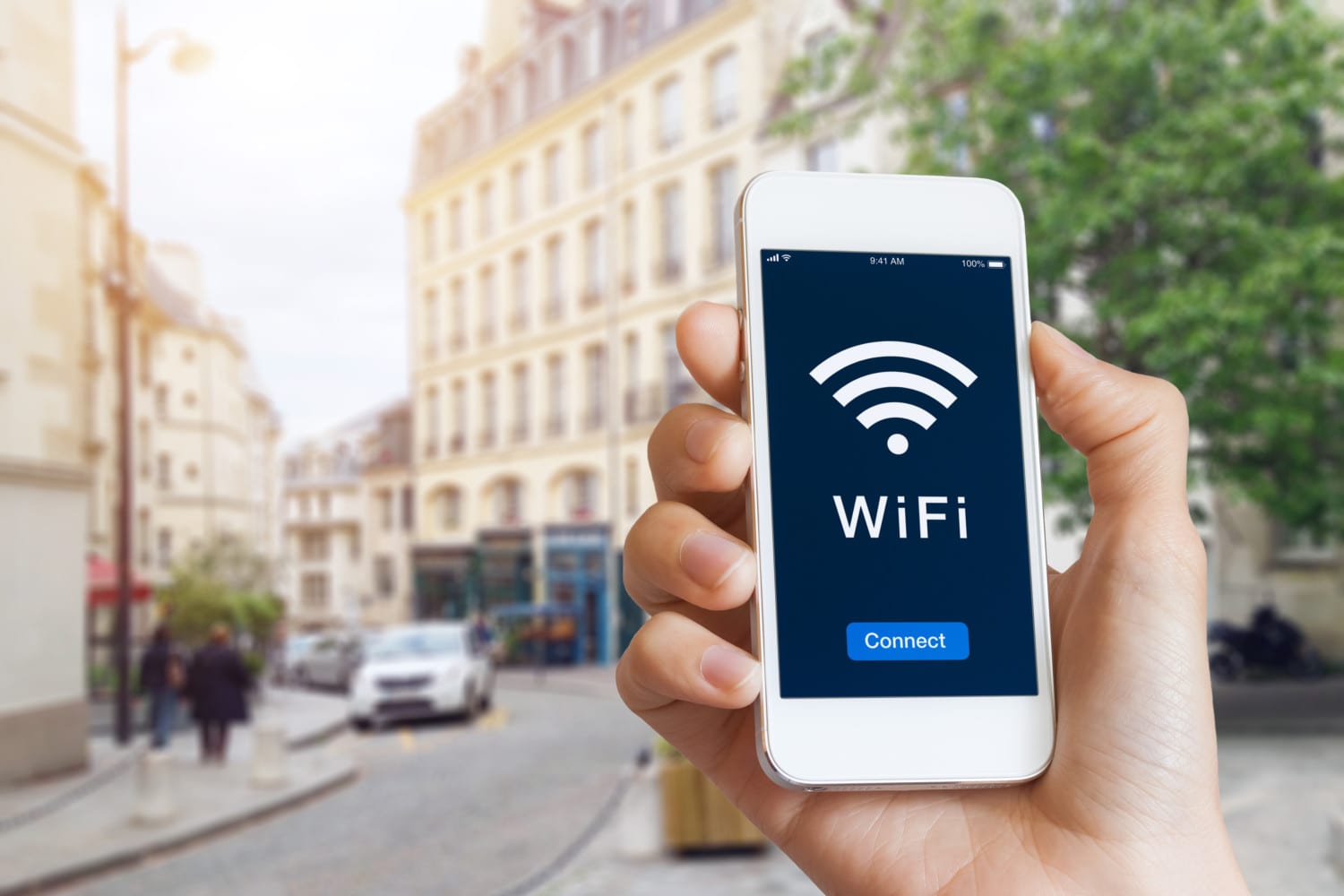
“Can you hear me now?” You’ve probably said that countless times while talking on your cell phone, but you may not have to in the future. In the last few years, we’ve already seen the creation of products like GoTenna, a device that pairs to your phone to create a radio mesh network so you can relay text and GPS messages with no service required. These days, an item like that costs hundreds of dollars, which doesn’t make it a realistic add-on for the average smartphone user. Over time, though, the technology will likely become more accessible and may even be a built-in feature on certain smartphones.
Printable Smartphones

The abilities of 3D printers have grown by leaps and bounds over the last few years, allowing people with access to print increasingly sophisticated objects. But will there ever be a day when we’ll be able to print out smartphones right from our own homes? It’s certainly possible, especially given that some companies have already begun experimenting with the concept of implementing the technology into their products. Case in point: In 2013, Nokia released a CAD file for one of its smartphones so that owners of 3D printers could custom print their own removable shell.
It’s worth pointing out that 3D printers aren’t without controversy. The potential weaponization of the technology has fueled public concern and governmental attention this year.
Curved Screens
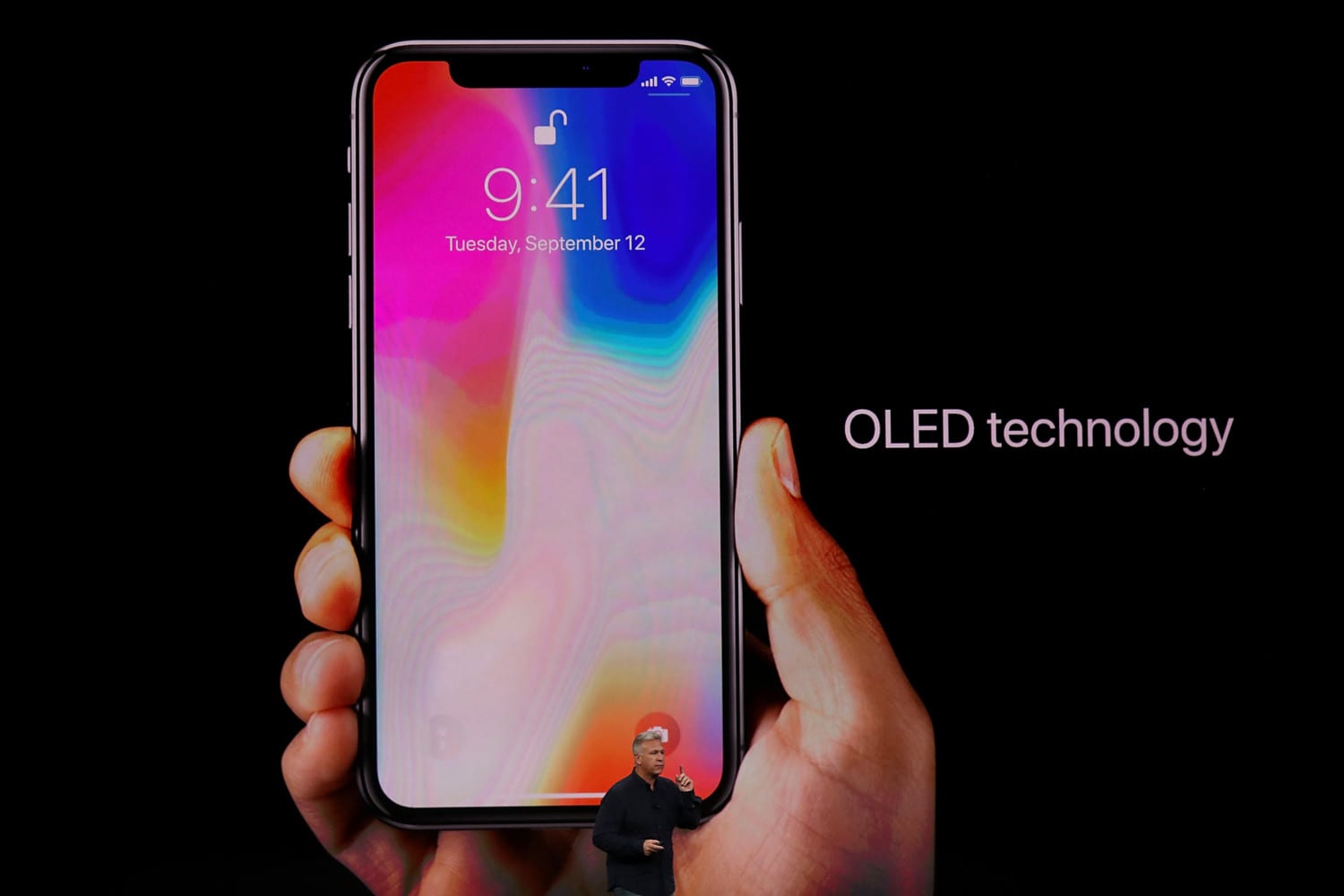
We have curved TVs. It only makes sense that smartphones are next. While the idea of smartphones with curved screens has been around for a while now, it could be coming to the mainstream sooner than predicted. According to an April 2018 report from Bloomberg, Apple is already working on an iPhone display that “curves inward gradually from top to bottom.” This feature would build on the iPhone X’s organic light-emitting (OLED) screen, which features a slight curve at the bottom that is mostly invisible to the eye. Per the report, the curved iPhone could be on shelves in as a little as two to three years.
Retractable Screens

A flexible, scroll-like screen that can retract and unfurl again as required? It could happen.
According to a 2017 report from Apple Insider, Apple applied for a patent for a device with an OLED screen that retracts into two elongated, barrel-shaped casings and locks into place. The device would presumably still feature speakers, a camera and a microphone, all of which would also be mounted in these housings. While it’s likely still a ways off, the patent does suggest that, yes, we could see a retractable iPad or iPhone in our future.
Lithium-Air batteries
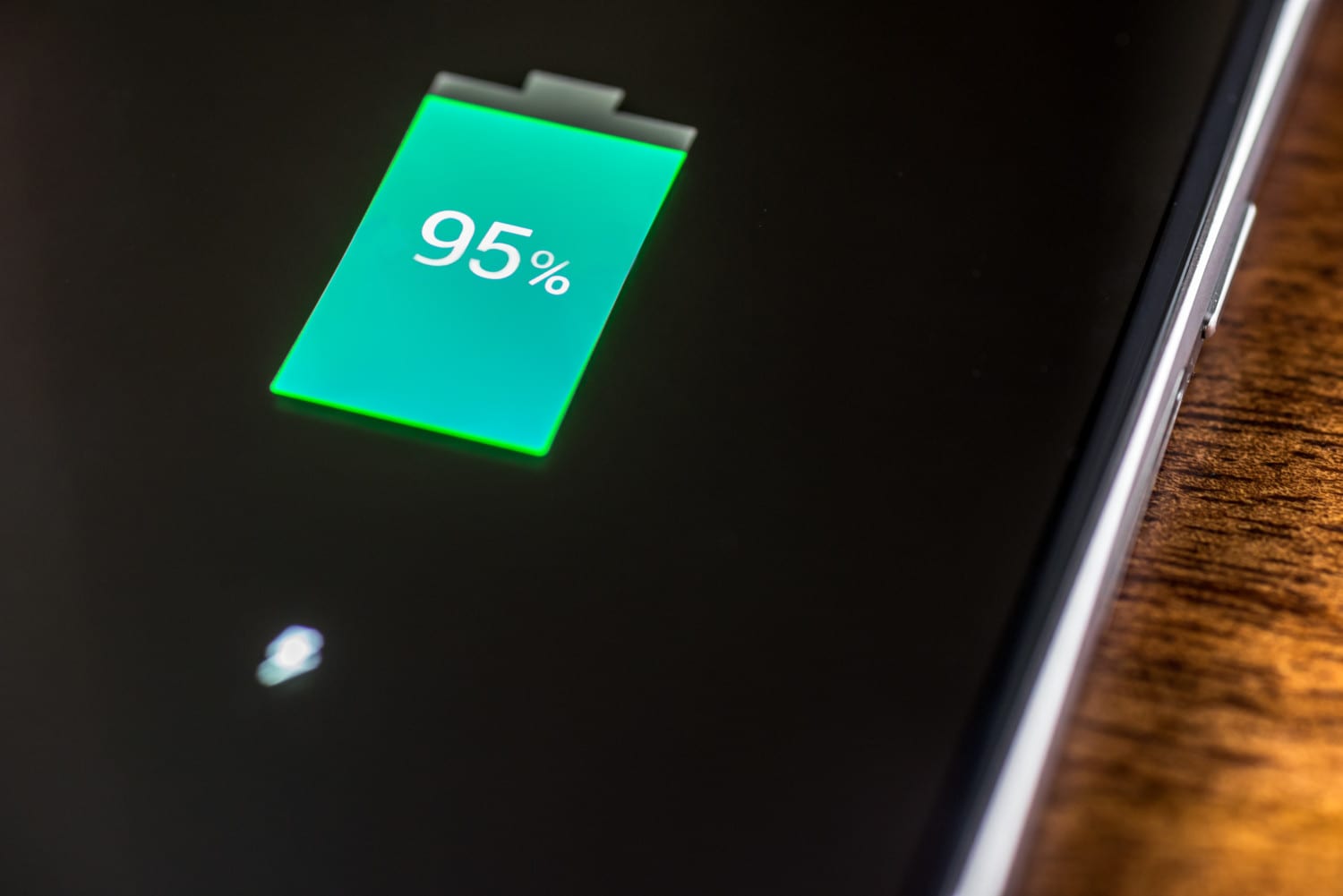
Lithium-ion batteries currently power our smartphones, laptops and electric cars. But in the future, companies could turn to lithium-air batteries instead. These batteries have the capacity to hold up to five times more energy than lithium-ion, but pose serious safety risks if overcharged or overheated. A solution may be underway, however. Earlier this year, researchers at the University of Illinois at Chicago designed a new lithium-air battery that functions in a natural environment.
Motion-Charged Smartphones

There’s a lot of energy in the human body, so why not harness that to help charge your electronics? Earlier this year, scientists at the University of Buffalo and the Institute of Semiconductors at Chinese Academy of Science collaborated on the development of a small metal tab that generates electricity from simple body movement, like bending a finger. The process, known as triboelectric charging, allows users to produce their own power so they’re not tethered to using a power outlet.
The tab doesn’t deliver enough power density to quickly charge a smartphone. However, scientists are hopeful that the technology can be implemented to self-power electronic devices in the future. It’s not the first time the concept of motion-charged technology has arisen. Apple reportedly considered using the method for the iWatch, as reported by CNET in 2014.
Supercapacitor Batteries
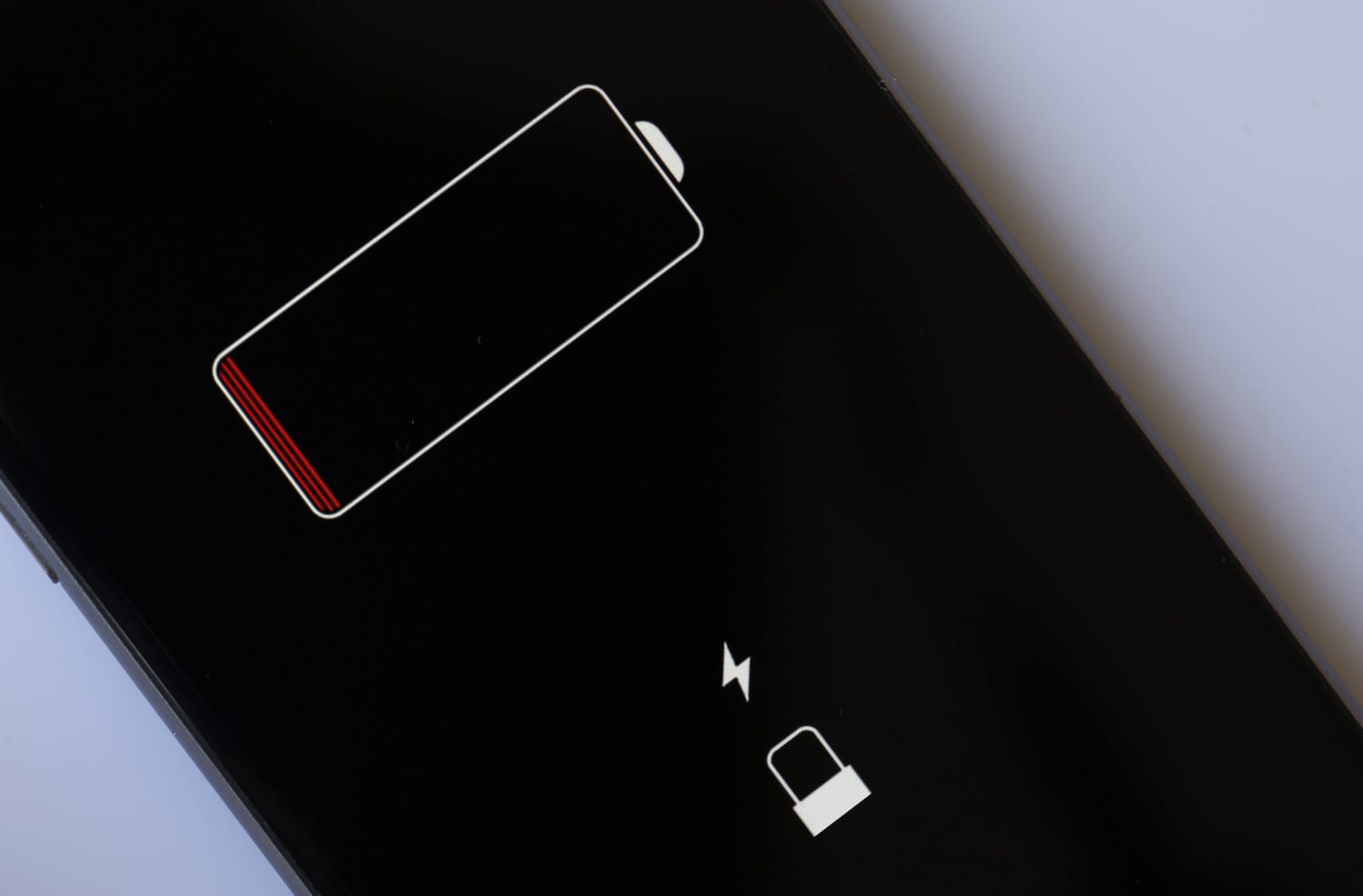
Anyone with a smartphone has likely run into this issue: After a year or so, you notice that your battery doesn’t seem to be holding a charge as well as it used to. That’s because the lithium-ion batteries currently used in devices begin degrading after about 300 to 500 charges. Flexible supercapacitors store more energy and can be recharged thousands of times without degrading.
The challenge is making them small enough to work in smartphones — and there’s already been progress on that front. In 2016, scientists at the University of Central Florida created a tiny supercapacitor battery that charges in only a few seconds and can last for days. While experiments are ongoing, the technology could eventually be commercialized for phones, wearables and potentially even electric vehicles.
Even Higher Screen Resolution
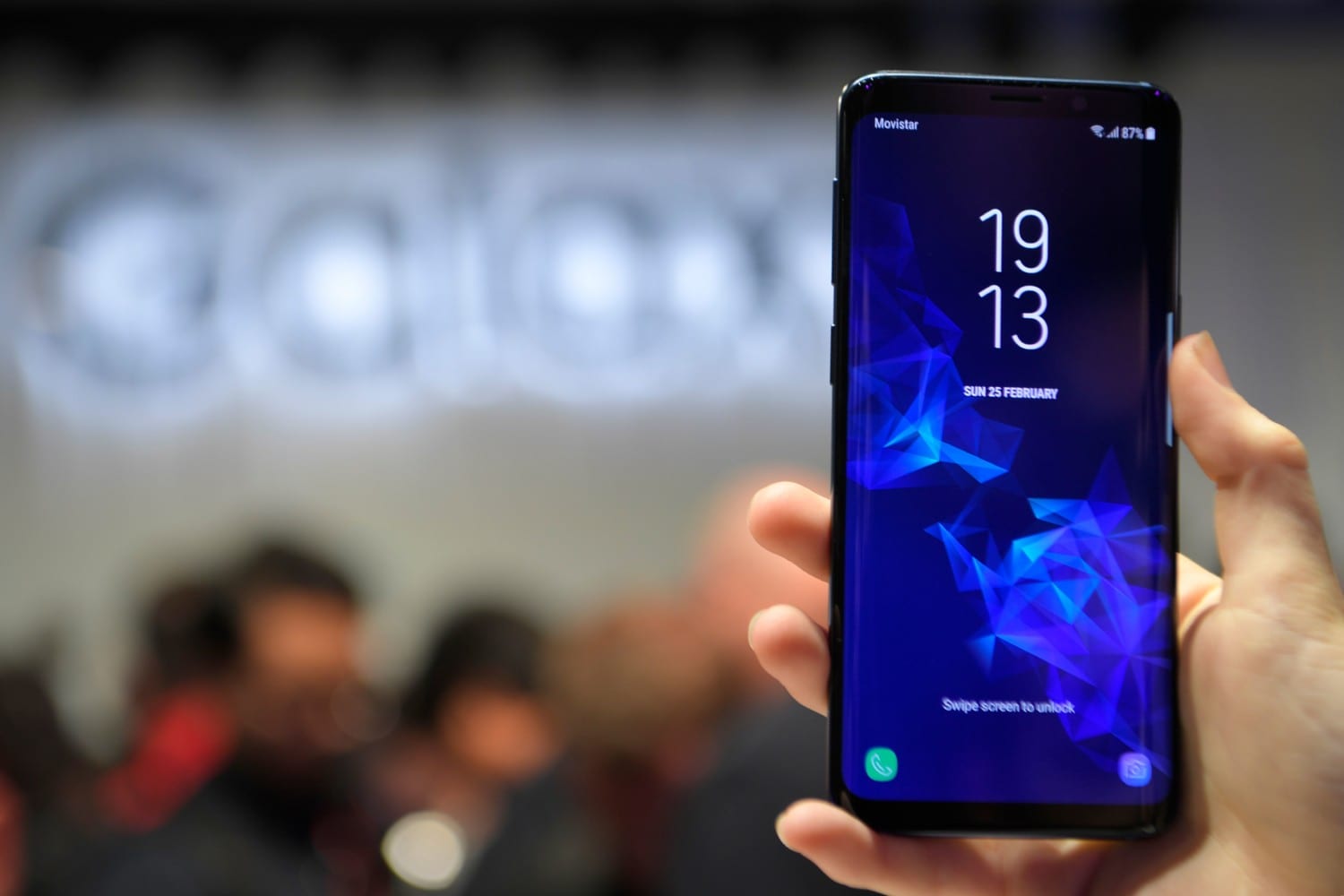
This might go without saying, but you can expect some mega-high resolution from the phones of the future. As it is, Apple and Samsung regularly amp up the resolution on their models. That’s unlikely to change anytime soon. Samsung’s S9 currently tops the iPhone X with a 2960 x 1440 resolution at 568 pixels per inch (over the latter’s 2436 x 1125 resolution at 458 pixels per inch).
Self-Healing Screens
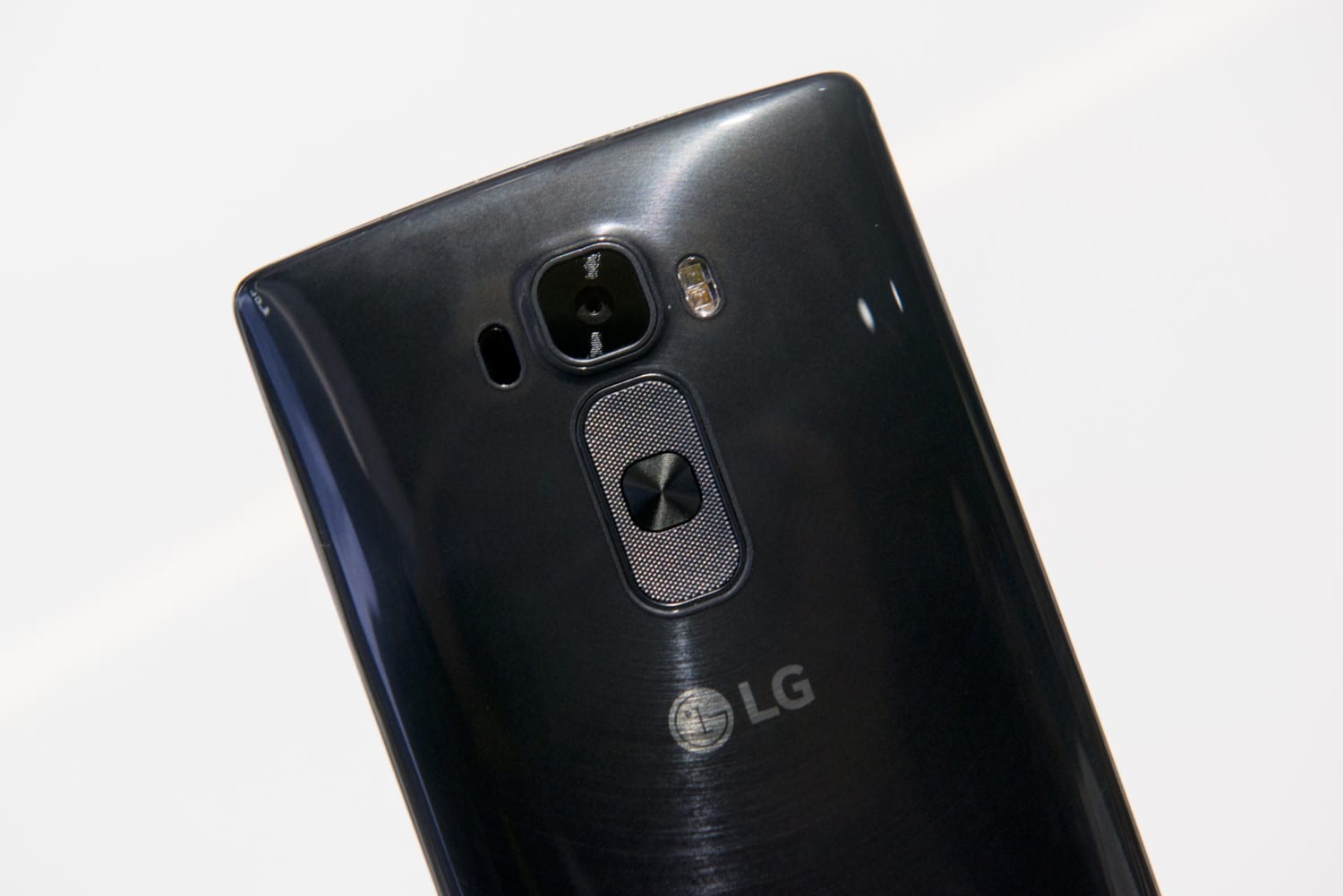
When your phone screen shatters, you basically have two options: pay to replace it or get a new phone. But what if the screen was made out of a material that could heal itself? In 2017, chemists at the University of California at Riverside invented a smartphone screen material designed to repair its own scratches. The material, made of a stretchable polymer and an ionic salt, can stretch to 50 times its original size.
Though some LG phones, like the G Flex, have already featured a similar material on its back covers to heal scratches, no cell phone has previously used a self-healing material that can also conduct electricity and therefore be used for screens. The chemist leading the self-healing material research, Chao Wang, told Business Insider that the new invention could be used for phone screens and batteries as soon as 2020.
Touchless Control

Several years after Samsung launched its Air Gesture feature on the Galaxy S4, Apple is now also working on a similar function dubbed touchless gesture control, according to Bloomberg. The feature would allow iPhone users to perform certain tasks on their phone by moving their fingers close to the screen, but not actually touching it. Though the report reveals that the technology wouldn’t be ready for at least another two years, it’s yet another feature that Apple loyalists may be able to look out for in the future.
Environmental Sensors
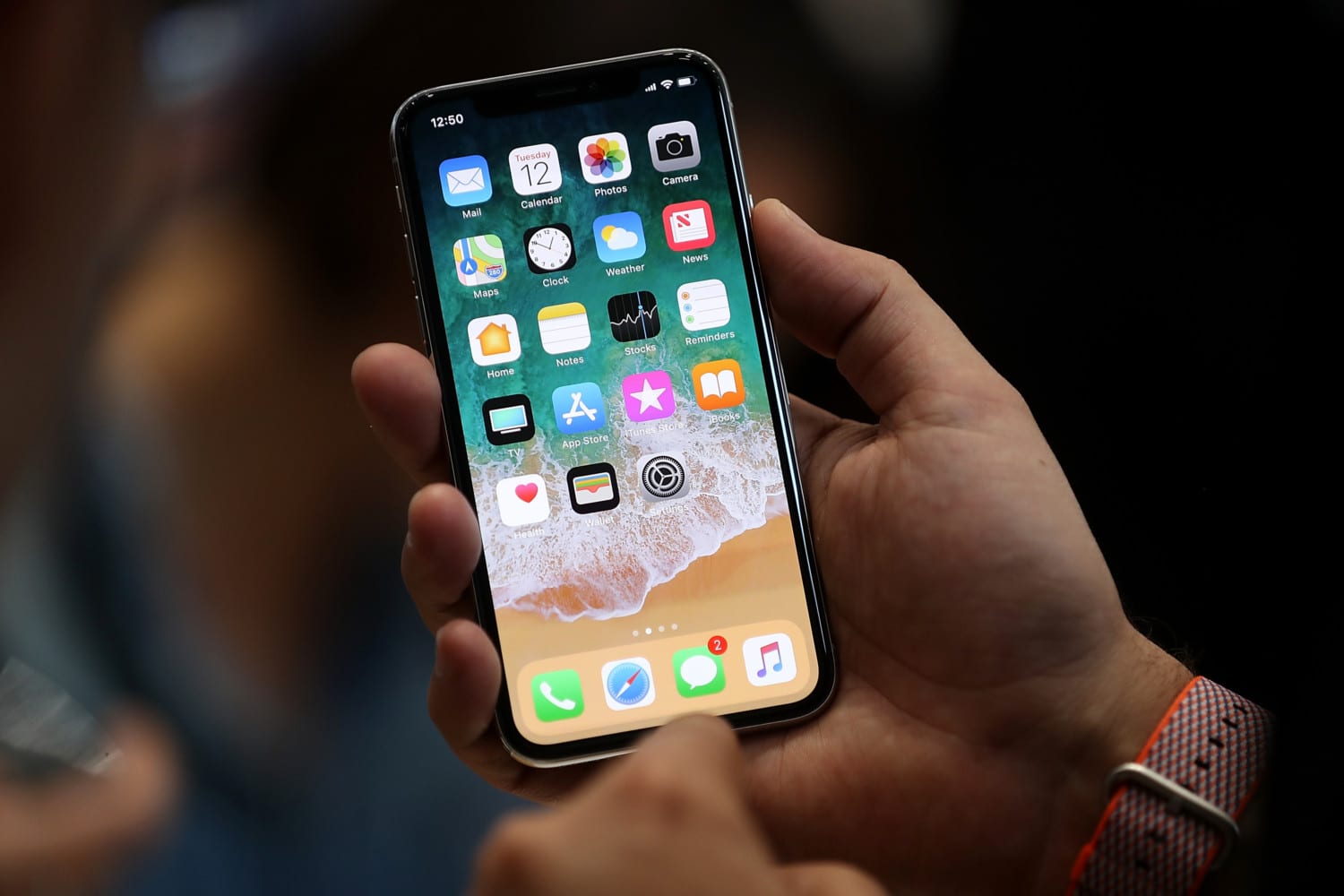
Your phone can already count your steps and measure your activity rate. But what if it could evaluate not only your physical health but the environment around you? As sustainability continues to be an important factor in branding across industries, it seems as if it’s only a matter of time before smartphones become a tool for environmental awareness. Some companies, like Apple, have already begun experimenting with embedding environmental sensors that can track temperature, oxygen, carbon dioxide levels and more into phones.
A Holographic Display
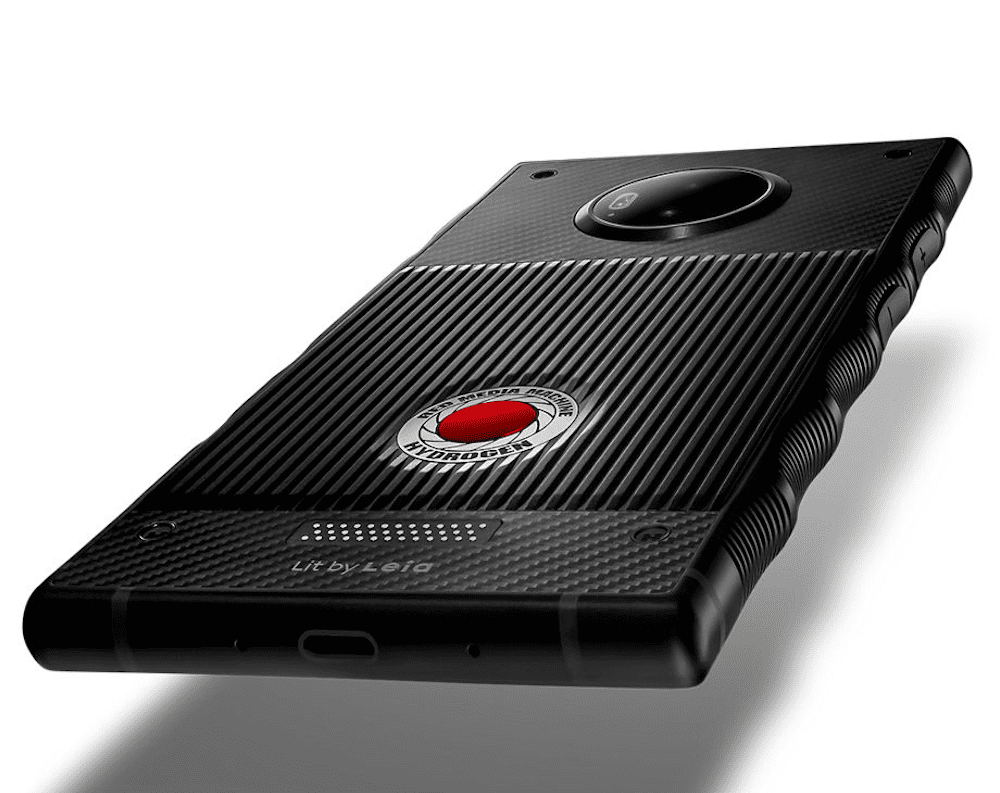
One of the biggest limitations of today’s smartphones is that everything we watch is only in 2D. But that may not be the case for much longer. Several companies are already exploring ways to create phones that provide a 3D-like effect — without the need for 3D glasses. There’s already one such device available: the RED Hydrogen One smartphone, which boasts a “holographic” display. It became available for purchase this year (if you’re willing to shell out $1295.00, that is).
Thermal Imaging
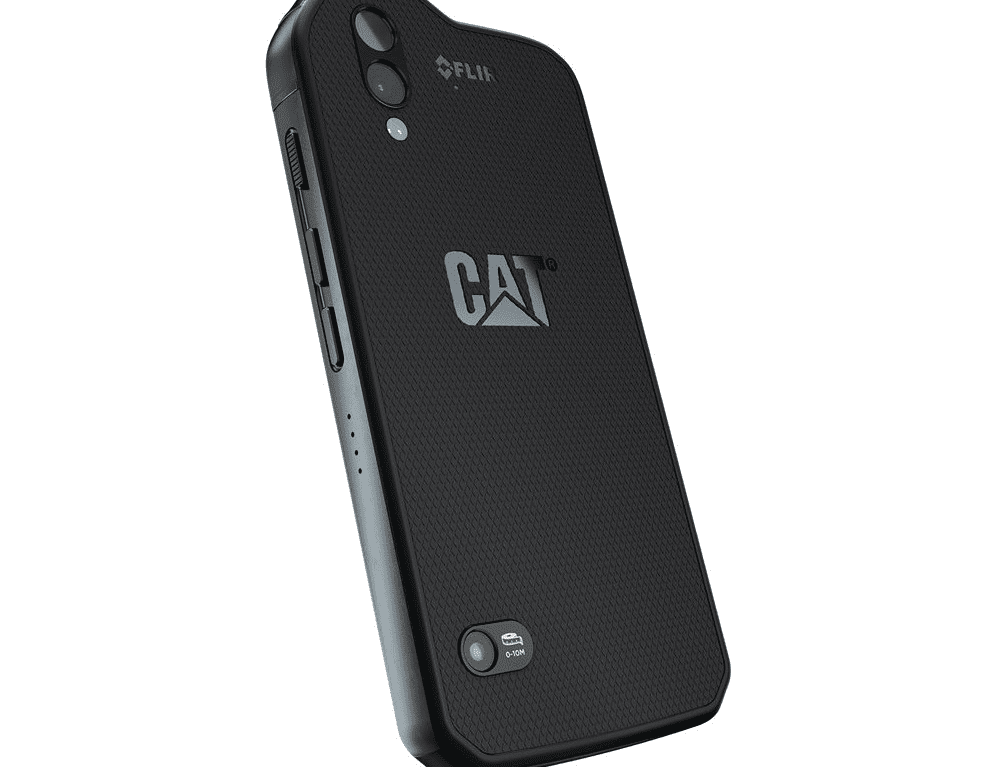
Thermal imaging may soon be ubiquitous in phones, just like GPS. In addition to being a useful tool for engineers, construction firms and emergency workers, the feature could also prove handy for more ordinary purposes, like detecting areas of rodent or termite activity or finding lost pets at night. Some companies have already made some strides in this area. This year, British phonemaker Bullitt unveiled the Cat S61, its second phone to offer thermal imaging, sensing temperatures up to 400 degrees Celsius.
Super Fast Networks

5G phones are the next step towards faster connectivity, and they may be introduced as soon as 2019 or 2020. Some international companies, such as Lenovo, have already released 5G-capable devices — and the U.S. isn’t far behind. After all, AT&T is already selling a 5G hotspot router while Verizon launched a 5G broadband in select areas. Other companies, including Samsung and LG, have already announced plans around 5G-enabled devices. One notable exception: Apple, which is reportedly not buying into the 5G hype anytime soon.
6K And 8K Phones
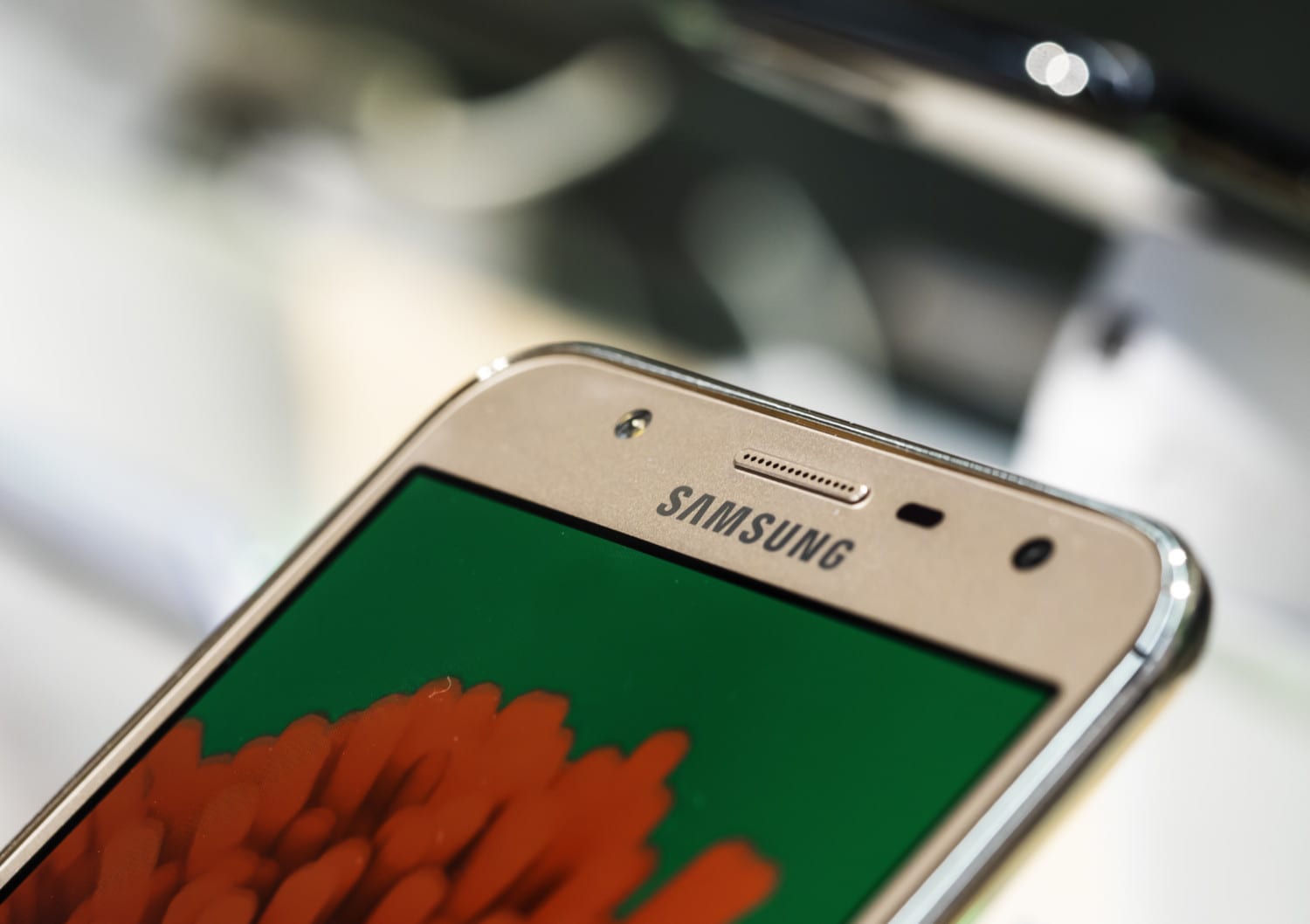
Not only will smartphones eventually be running on a 5G network, but they’ll also feature displays that surpass today’s 4K TVs. In 2017, Tim Leland, the vice president of product management at telecommunications company Qualcomm, predicted future smartphone resolutions will reach “6K, 8K and beyond.” So what’s the advantage behind such high resolution? As companies continue to experiment with virtual reality, resolution display will become more and more crucial.
“These are all steps toward not even photo realism, but optical nerve realism,” Leland told Tech Radar. “It won’t be just in terms of pixels per inch, it’ll also be the width of the color gamut, color accuracy and the brightness of the display.”
Sponsored Content





